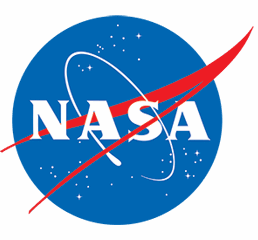STELLA-1.1 Technical Details
Instrument Description
STELLA-1.1 (Science and Technology Education for Land/Life Assessment) is a low-cost (~$200) do-it-yourself handheld instrument designed for scientific engagement, inquiry, and discovery. It features a color display screen with touch-response controls and weighs less than 100 grams, making it easily adaptable for drone use.
Core Components
- Microprocessor: Feather RP2040
- Data Logger: Adalogger Featherwing with PCF8523 Real Time Clock and SD Card Reader
- Display: 2.8″ TFT with capacitive touch interface
Sensor Array
STELLA-1.1 includes multiple sensors for comprehensive data collection:
- VIS Spectral Sensor: AS7262 measuring light intensity at wavelengths 450, 500, 550, 570, 600, 650 nm, each with 40nm FWHM
- NIR Spectral Sensor: AS7263 measuring near-infrared spectral data at 610nm, 680nm, 730nm, 760nm, 810nm and 860nm, each with 20nm FWHM
- Thermal Infrared Sensor: MLX90614ESF-BCC for surface temperature measurements
- Air Temperature Sensor: MCP9808 with accuracy of ±0.25°C
- Ambient Weather Sensor: BME280 measuring relative humidity (±3%), barometric pressure (±1 hPa), and altitude
Data Collection & Storage
- Records measurements to a micro SD card (8GB)
- Each measurement includes time/date stamp (UTC) and batch number
- Clock accuracy: ±2 seconds per day
Power System
- Powered by a 2200 mAh lithium-ion battery
- Optional 400 mAh battery available for drone applications
- Battery voltage monitoring included
Software
- Operates on CircuitPython, a beginner-friendly open-source programming language
- Drag-and-drop programming capability (no coding expertise required)
- Includes a STELLA dataviewer for real-time data visualization and analysis
Optional Add-ons
- Cuvette attachment for liquid transmissivity measurements
Applications
- Spectral measurements of various land cover surfaces
- Environmental monitoring
- Educational demonstrations of remote sensing principles
- Data can be used to calculate reflectance from raw irradiance values
Assembly
STELLA-1.1 requires soldering skills and can be housed in 3D printed parts.

